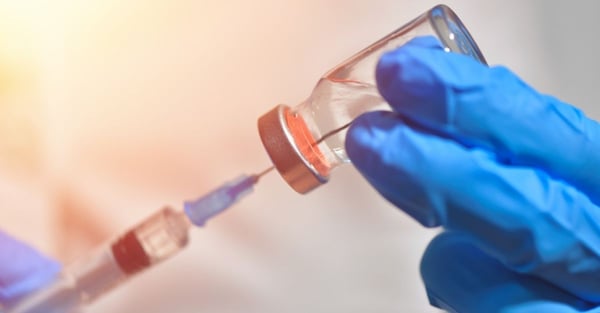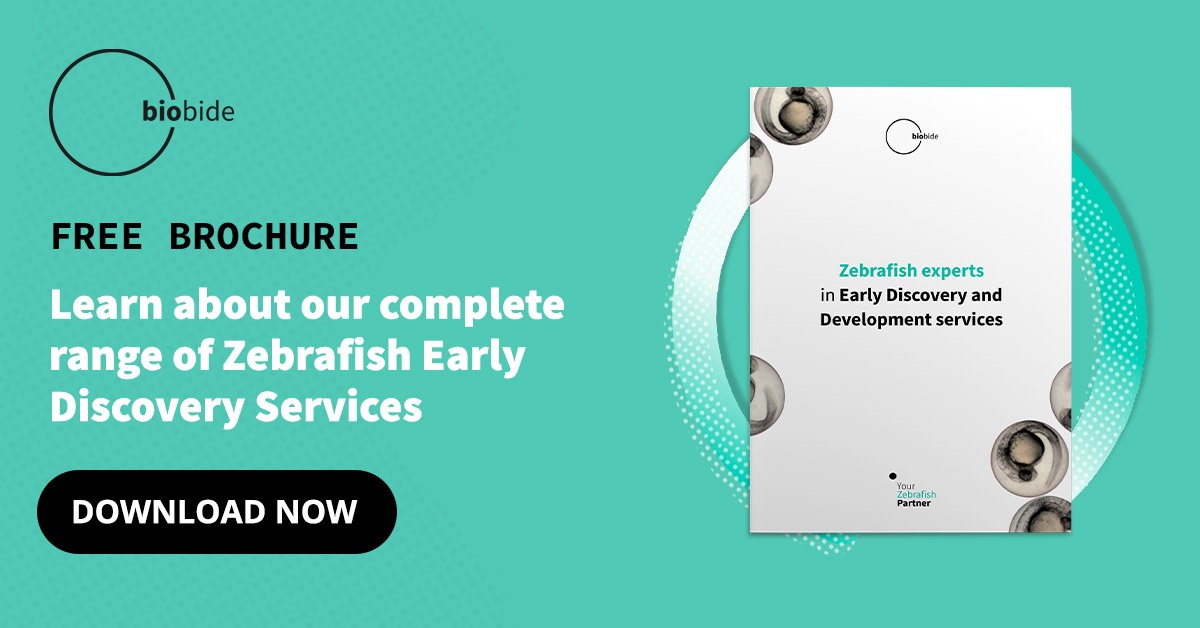Drug repositioning, (also known as drug repurposing or rediscovery) is a valuable tool in vaccine research to prevent human disease.
In the case of COVID-19 (caused by the severe acute respiratory syndrome coronavirus 2 (SARS-CoV-2), drug repositioning has been invaluable in sourcing a vaccine to urgently prevent the global spread of this deadly virus.
What is Drug Repositioning?
Drug repositioning is the use of existing drugs or components to develop new drugs and vaccines. It involves the use of drugs that have already been approved or used in clinical trials to identify new therapeutic indications, which is a cost-effective strategy for pharmaceutical companies. It is also beneficial for the prevention and treatment of human disease, as there are still many for which we have no cure.
In the past drug repositioning relied on chance, i.e. the accidental discovery of how old drugs could benefit new Drug Discovery due to a similarity in the molecular pathways of both. However, this process has changed and today drug repositioning is a valuable alternative method for the development of new drugs and vaccines.
Some examples of successful drug repositioning are:
- Aspirin. Originally developed for inflammation and pain, has also been used as an antiplatelet drug
- Thalidomide. A controversial drug administered for morning sickness in the 1960s, now used to treat leprosy
- Chloroquine and remdesivir. Used to treat malaria and Ebola, they have also been used in the development of the coronavirus treatments.
The Benefits of Drug Repositioning
Pharmaceutical companies are under pressure to develop drugs and vaccines faster and more economically to combat new and existing diseases. Drug and vaccine research and development is expensive, costing millions of USD to develop. Speeding up the development process means less cost. However, regulations and standards must still be adhered to ensure drugs and vaccines are as safe as possible before being administered to humans.
Some of the advantages of drug repositioning are:
- The reduced development time for specific drugs (essential in the establishment of the COVID-19 vaccine).
- Decreased costs (less of a need for future development and use of compounds for which the research has already been funded).
- Acceleration of pharmaceutical development in general.
- The recycling of failed compounds that have been used in previous research but have not led to successful drug or vaccine approval.
Drug Repositioning and Vaccine Research
Developing new vaccines all the way to the approval and marketing stage is a time-consuming and expensive process. To be approved and licensed a vaccine must pass three phases after the preclinical studies. These phases are essential to test the safety and effect on the human body.
- Phase 1: Safety and immunogenicity, administered normally to <10 healthy adults.
- Phase 2: Efficacy, administered to several hundred humans.
- Phase 3: Effectiveness, administered to several thousand humans.
It must be proved that these three phases are all safe before a vaccine can be approved by the regulatory body for sale and marketing. These phases can take up to 10 years when following normal research procedures. Even when the vaccine has been approved, there is still a Phase 4, also known as pharmacovigilance, and it may involve millions of individuals. If safety concerns are raised during this phase, the drug or vaccine can be withdrawn from the market.
Interestingly, drug repositioning can accelerate the identification of the effects of certain compounds on humans, therefore reducing development time by up to 33% and potentially saving more lives.
This speeding-up process is essential for vaccine research as human diseases become more complex. The rapid development of a vaccine for COVID-19 is an example of how the concept of drug repositioning is invaluable. In 2020, with a deadly virus rapidly spreading throughout the world and no way to stop it, prompt vaccine research and development was essential.
Thanks to the scientific research carried out on other vaccines, along with a scenario of high viral transmission among the population, effective vaccines against COVID-19 have been developed within 12 months.
The use of alternative models to animal models in drug research supports the need for faster vaccine development, as this is a cost-effective and quicker way to determine results when compared with traditional research methods. Zebrafish are particularly valuable in this category of research, due to their fast and multiple breeding cycles and the fact that high content screening can be performed on a whole organism with high genetic homology to humans.
As scientific knowledge becomes more advanced so will the effective use of drug repositioning. This method and the development of new vaccines and drugs will continue to be used as a supplement to costly and time-consuming future research.






